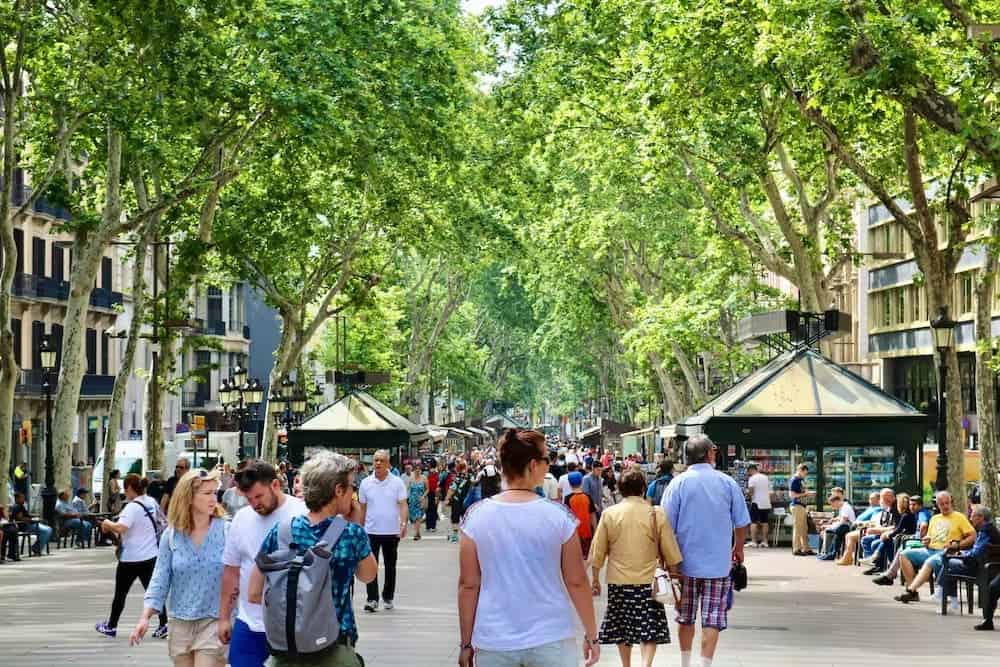Trees play a key role in the well-being of people living in cities. But for how long? A new study found over half of urban trees are currently at risk as global warming heats up the planet. And this is just the start, the researchers said, as by 2050 more than three-quarters of urban tree species could be at risk due to rising temperatures.

An international research team published the first global risk assessment for tree species planted in cities in the context of increasing temperature and decreasing rainfall due to climate change. They analyzed over 3,100 urban tree species from 164 cities in 78 different countries, using data from the Global Urban Tree Inventory.
“We found common species of cherry plums, oaks, maples, poplars, elms, pines, lindens, wattles, eucalypts and chestnuts are among more than 1,000 species that have been flagged at risk due to climate change,” the researchers wrote in a blog post in The Conversation. “The number of species affected, and the scale of the impacts, will increase markedly.”
Trees and climate change
Half of the global population is expected to be living in cities by 2030. This means billions of people, vehicles, and associated industries generating heat that is trapped by the atmosphere, but also by buildings and other infrastructure. Urban trees can make a big difference, cooling their surroundings, absorbing carbon dioxide, purifying the air, and reducing city noise.
However, when climate conditions exceed what trees can cope with, this can affect their health and growth and also reduce their cooling effect – eventually leading to tree dieback. During heat stress or drought, more frequent amid climate change, trees can stop releasing water vapor from their leaves or shed leaves to reduce tissue damage.
Until now, limited information was available on whether current climate conditions exceed what urban trees can stand, or how these conditions compare with projected changes in temperature and rainfall. This was now addressed in a new study, with a difficult scenario ahead for many species. But it’s not too late to avert the worst-case scenario.
The researchers found that 56% of urban tree species live in areas where the temperature range exceeds their natural preference. Even more species (65%) are living under abnormal rainfall levels. If emissions continue on their current track, 76% of tree species would be at risk from temperature and 70% from rainfall by 2050. By at risk, the researchers refer to the fact that these species might be experiencing stressful climatic conditions that could affect their health and performance (i.e. their ability to absorb CO2 and cool their surroundings).
Looking ahead, the researchers said people can help urban forests by implementing a set of suggested actions, including planting even more trees and shrubs, which helps to keep city temperatures comfortable for both the trees and for us, leaving trees and shrubs in place, and helping rain soak into the ground to ensure water isn’t wasted down the drain.
The study was published in the journal Nature.






